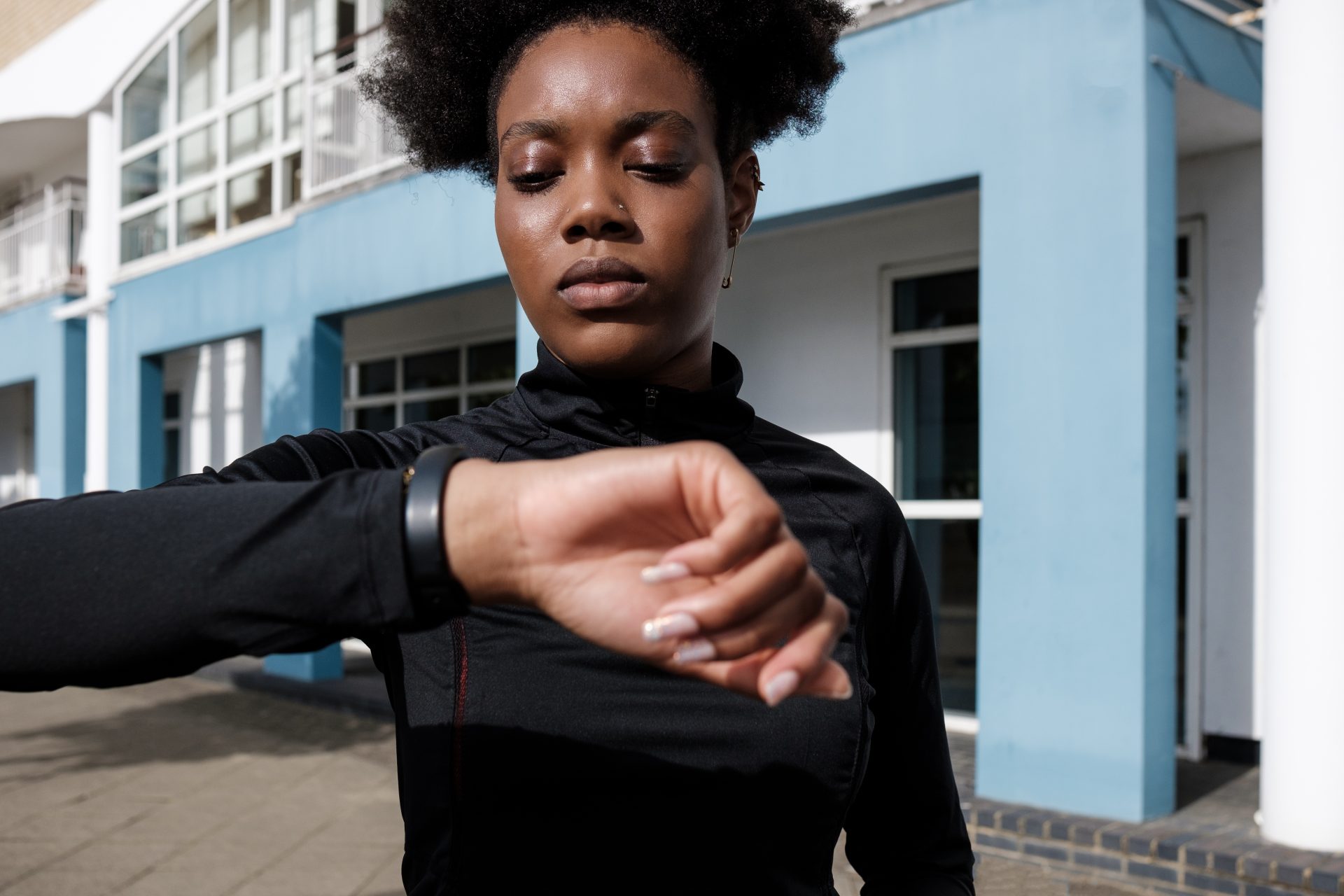A new study suggests we should be doing at least double the amount of recommended exercise… but how achievable is that?
For a long time, the NHS has recommended that we do 150 minutes of moderate-intensity activity (like walking or yoga) or 75 minutes of vigorous exercise (such as running and HIIT) a week. Almost every legitimate health professional out there agrees that those should be the goals if we want to give ourselves the best chance of a long and healthy life.
But a new study has shaken that sturdy recommendation. According to a paper from the American Heart Association, those who did double the amount of activity than currently recommended had the best health outcomes. Double.
You may also like
What does being ‘fit’ even mean anymore?
For fitness aficionados, 300 minutes of walking a week or five 30-minute sessions of vigorous exercise might not sound like that much. By the fitness industry’s standards (especially as seen on Instagram), that’s normal. But these recommendations come hot on the heels of a study published earlier this week showing that around half of women haven’t done any exercise since Covid. Clearly, for a sizable number, the thought of meeting that goal (let alone doubling it) is incredibly overwhelming.
How much exercise do I need to do?
The new study analysed participants’ self-reported physical activity by completing a questionnaire every two years. The data suggested that those who performed at least double the currently recommended range of either moderate or vigorous physical activity each week had the lowest long-term risk of premature mortality.

Those who did two to four times the recommended amount of movement had up to a 38% lower risk of cardiovascular disease. But before you log off work right now to do extra laps on your bikes, know that the study still showed health improvements for those who met the current recommendations of 150 or 75 minutes, including a 31% lower risk of death from cardiovascular disease. Statistically significant, but not a huge amount of difference for double the amount of activity.
“We can rest assured that simply meeting the guidelines means we’re still doing ourselves a huge favour for long-term health,” says personal trainer Lucinda Newman-Jones.
It’s also worth noting that the research was done in 100,000 adults, 63% of whom were female and almost all of them were white. There’s no additional data on income, job type or other lifestyle factors – and that’s important because they’re all factors that make a huge difference to our life expectancy and health.
You may also like
Are you exercising too much during lockdown? Why it’s time to turn off “beast mode”
But if you are feeling overwhelmed reading the headlines telling you to do more and go faster, you aren’t alone. More exercise is undoubtedly good for us, but how do we achieve this huge new goal?
How to do 300 minutes of exercise a week
The most important place to start is by looking at what you are honestly already doing. While many of us think the answer is ‘not enough’,it’s possible you’re more active than you might think.
For instance, if you are someone who regularly hits their 10k steps a day goal, you will have walked for at least an hour a day. That’s 420 minutes of moderate-intensity exercise achieved with a brisk dog walk, a fast-paced commute or job that involves swiftly moving around your workplace. Movement doesn’t need to be done in one huge chunk but can be broken up throughout your day.
“Running around after a toddler or small child at home, household chores, going shopping and doing some gardening will all raise the heart rate above resting and constitute moderate physical activity,” says Newman-Jones.
This news may be encouraging to those who don’t have the time or resources to add anything else to their day. “Recognising that daily tasks can constitute part of your moderate physical activity and this will help reduce health risks can help people get started with a little more daily movement without feeling overwhelmed,” she says.
You may also like
Sweat and exercise: why we should stop worrying about how much we’re sweating
But there are benefits to making your movement an event – 30 minutes of time alone with your own thoughts or a morning spent connecting with friends. But even these longer workouts shouldn’t feel like they need to take over your life, says Newman-Jones.
In a week, she suggests trying:
- 30 minutes of walking a day (two 15-minute walks for a commute or school drop or a longer walk on your lunch break)
- 30 minutes a day doing physical admin tasks (shopping, cleaning, cooking, DIY)
- 30-60 minutes of working out, three to four times a week
“That has doubled both the moderate and the vigorous minutes, and all of a sudden, when broken down, it doesn’t seem so unachievable,” she says.
There are many people that won’t be able to meet these new guidelines. That’s OK – doing what we can is the best way to improve our own health markers within the confines of our own socio-economic status, gender, race and lifestyle obligations.
But remember that movement doesn’t need to be complicated. It can, and should, be something that fits around your life, whether it’s a walk to the station before work or an at-home dynamic vinyasa flow on YouTube. Just getting started is the first step.
Images: Getty
Source: Read Full Article
